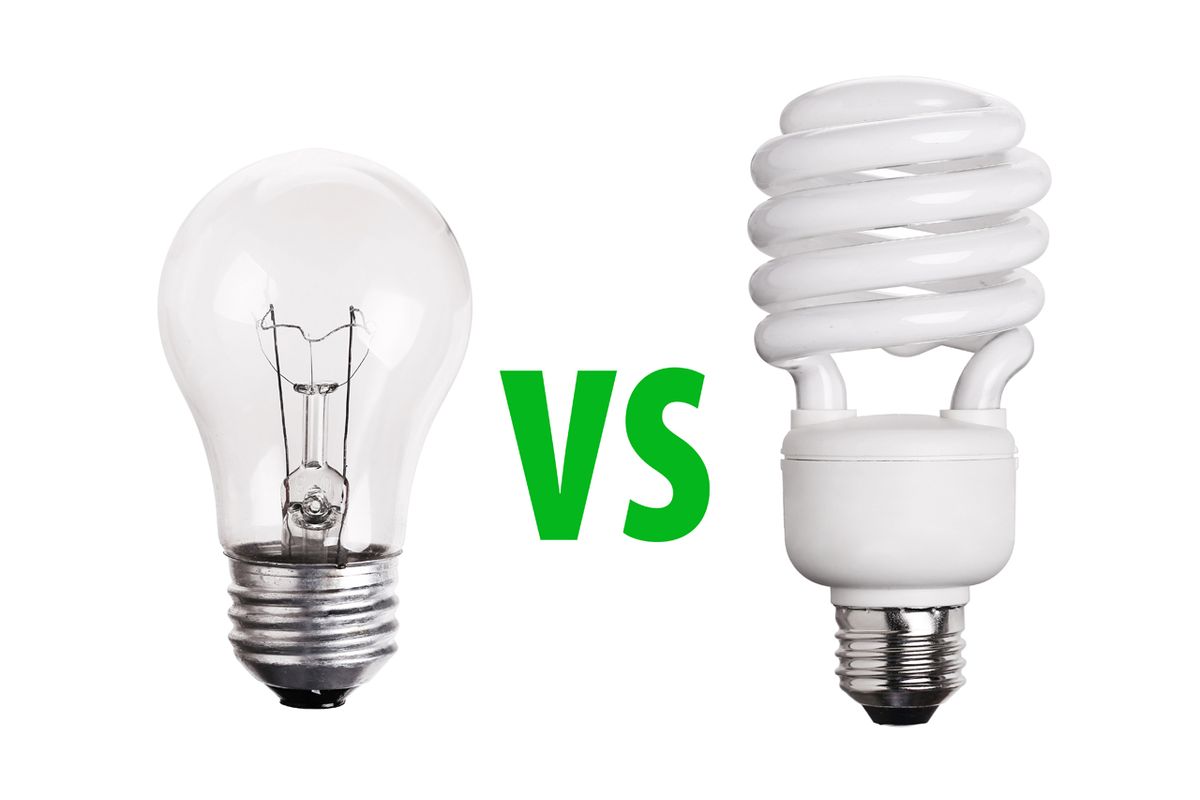What it Means to Choose the Right Light Bulb Wattage Rating

You always want to follow the wattage ratings on light bulbs. Not doing so can lead to house fires or damage to your fixture's sockets or wiring. If you don't feel confident when purchasing these types of bulbs, think about purchasing LED light bulbs.
The wattage for LED light bulbs is less than incandescent or halogen bulb wattage for bulbs that are equal in brightness. When you see "60W equivalent" on LED bulb specifications, it means that the specific bulb emits the same amount of light as a 60-watt incandescent bulb. What's important to notice, though, is that the LED bulb's actual wattage will be significantly lower than the incandescent light bulb wattage. In fact, LED bulbs consume about 80% less energy than incandescent bulbs. This means that you can get the light output you want, without having to worry about exceeding a fixture's wattage rating. So, not only will you be eliminating the worry about exceeding a fixture's wattage rating, you'll also be lowering your electric bill.
Different types of LED bulbs are compared to the type of bulbs they are replacing. For example, if you are replacing a fluorescent T8 tube, the LED wattage equivalency will be compared to a fluorescent tube. Likewise, if you're replacing an HID bulb or fixture with an LED bulb or fixture, it will show an HID equivalency.
If the light fixture you want to replace does not have a wattage rating, or if it is not visible anymore, it would be best to go with LEDs. This is because they will consume such a small amount of power. It can be assumed that if it's an older fixture, its wiring might not be as dependable, so it would be best to go with a lower rating.
Check back to see new articles and guides, or feel free to click another article to experience more great insights and advice.



